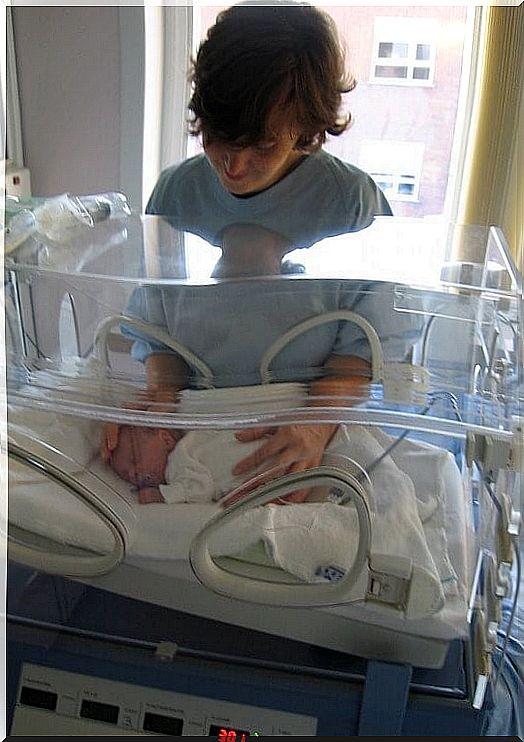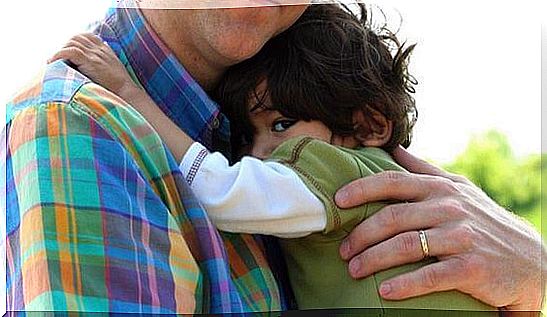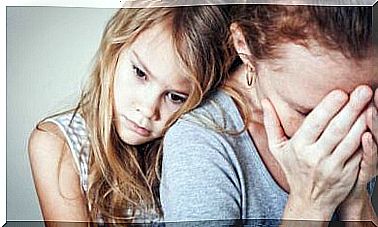How To Help Your Child Deal With Negative Thinking

The way that children think greatly influences the way they feel and behave. Negative and extremely harsh thinking can damage children’s self – esteem , interfere with their relationships, and cause them to give up before reaching their goals.
Sometimes negative thinking becomes a self-fulfilling prophecy. For example, a child who thinks things like “other kids hate me. I must be silly ”may end up avoiding all contact with other children. This will ultimately lead to her being a lonely person.
Why is it important to help your child deal with negative thinking?
It seems unrealistic that some negative views lead to unnecessary behavior problems. Tantrums, temper and rivalry between siblings are just some of the problems commonly arise from negative thoughts.

With a little practice, however, children can learn to recognize and change their habits of negativity. You just have to emphasize to them that due to their behavior, they are pushing people away.
Examples of negative thinking
There are several types of negativity habits. While some children get sad, others worry and do bad things.
Here are some examples of the main types of negative thoughts and how they influence the behaviour of the child:
- Generalize a specific situation: A child sees his brother being allowed to go play. The child thinks: “He always gets everything he wants and I never get anything.”
- They underestimate his abilities: When you tell him that he had the wrong answer, he rips out his paper and thinks, “I can’t do anything right. I always have all the wrong answers. “
- He exaggerates the reality of a situation: A child who gets 2 out of 10 wrong answers on his math test concludes, “I’m terrible at math” and refuses to do his afternoon math homework.
Help him put an end to negativity
If you hear your child saying excessively negative things out loud or if you observe any behavior that suggests that he is probably thinking negatively, it is important to broach the subject.
Validate your child’s feelings. Instead of saying, “You’re okay” when your child is crying, try to validate his feelings. Show empathy and make it clear that you are trying to understand how they are feeling, even if their emotions seem dramatic.
Once children feel validated, they can start looking for healthy ways to deal with uncomfortable emotions and negative thinking.
Explain that their thoughts may be wrong
To help him come to his own conclusions, ask him questions to help him see that his thoughts may not be true. Help him identify some exceptions to the rule so he can see that his thinking is not entirely true.
Your child needs to see the subject from a different perspective. Sometimes the best way to separate emotion from negative thinking is to ask: What would you say to a friend who have this thought?
You can also ask him to be a favorite cartoon character and ask him what they would do. By looking at the problem from a different angle, your child can change his mind.
Replace negative thoughts with more realistic thoughts


Help your child create a more realistic perspective. Instead of saying to yourself, “I can’t do anything right,” you’ll benefit by saying, “Sometimes I make mistakes, and that’s okay.”
Teach him to treat himself with the same kindness and respect that he expects from other people. Help your child recognize and deal with negative thinking so they can turn it into positive action. Little by little, your child will begin to change this negative thought and take other attitudes regarding their day to day.









